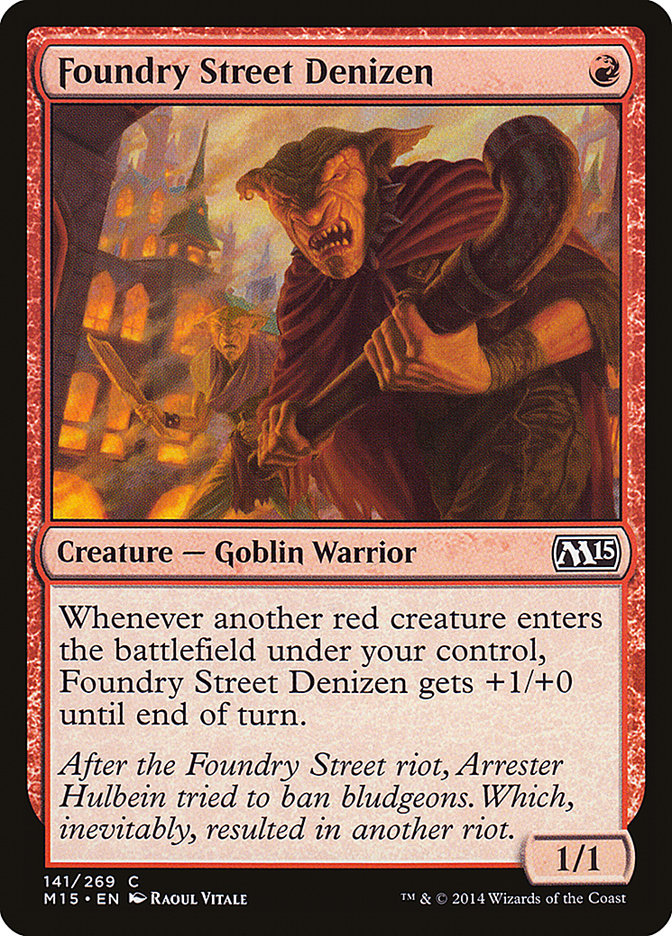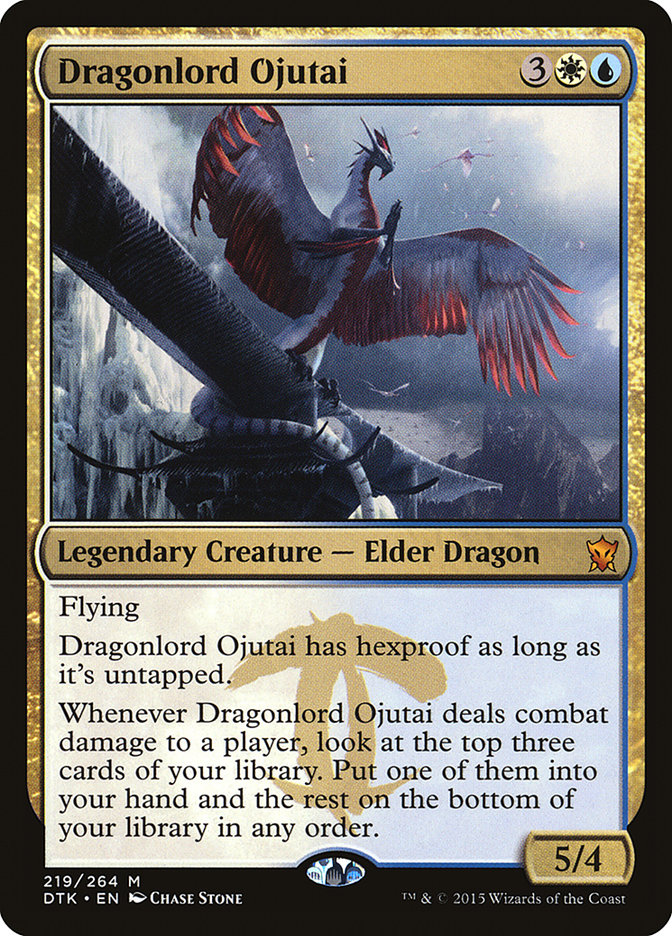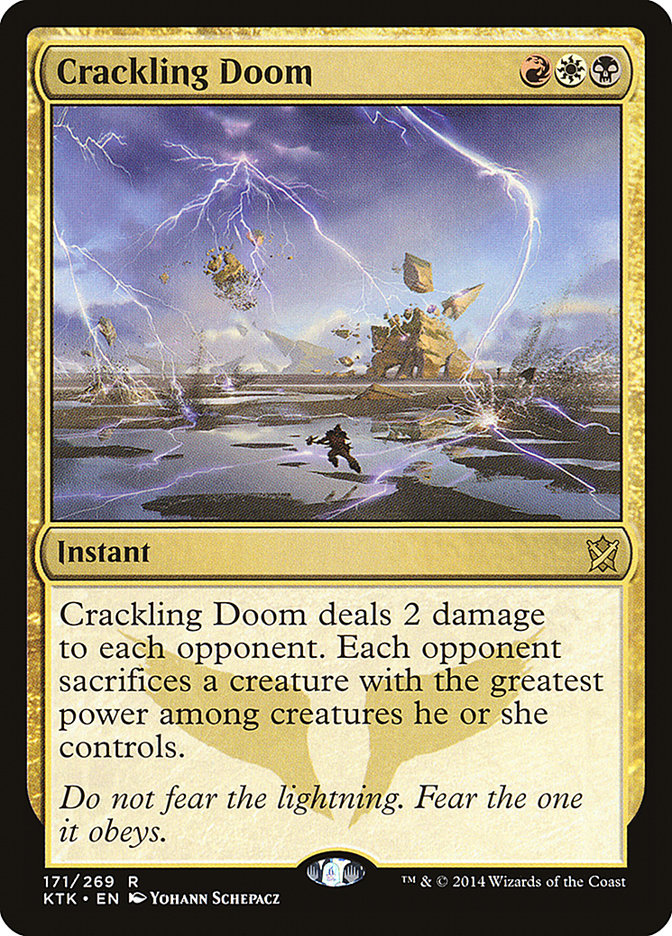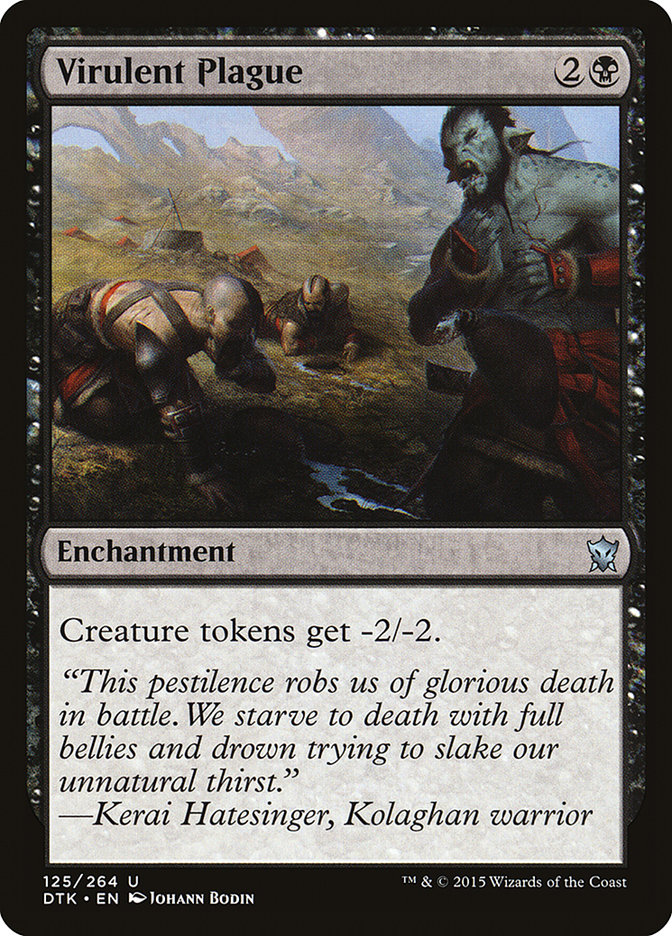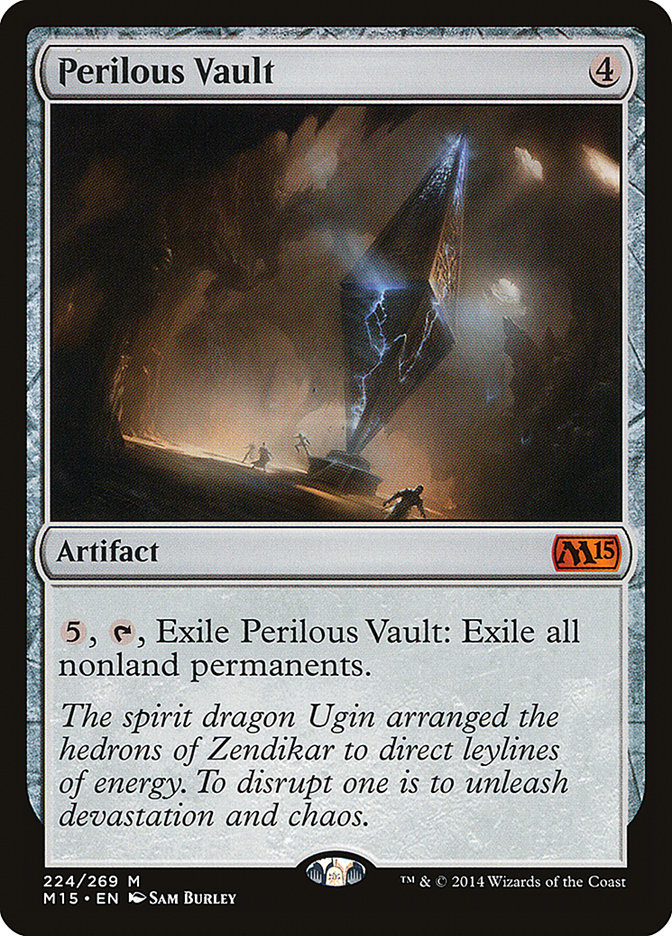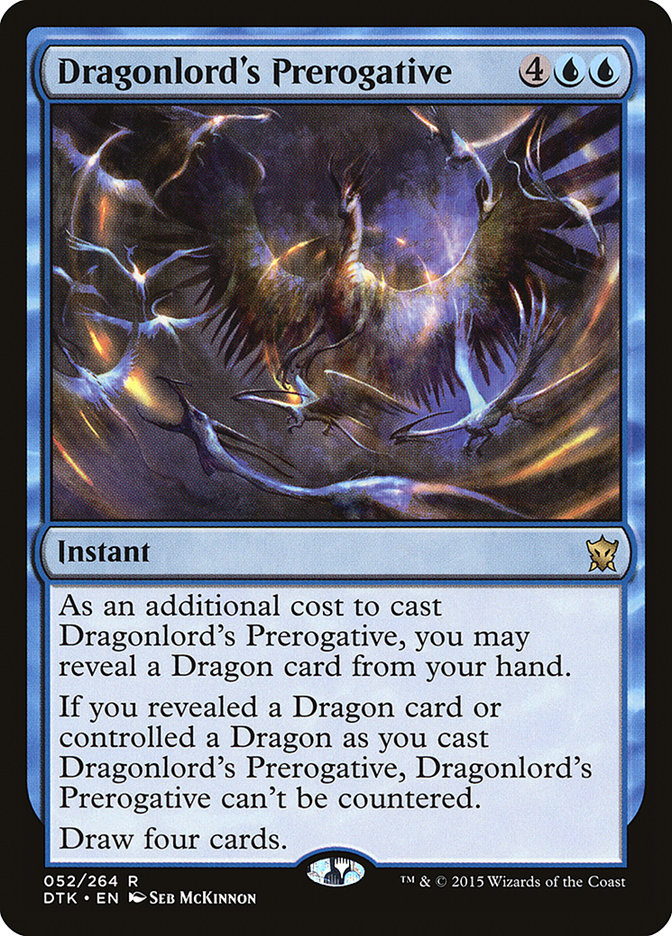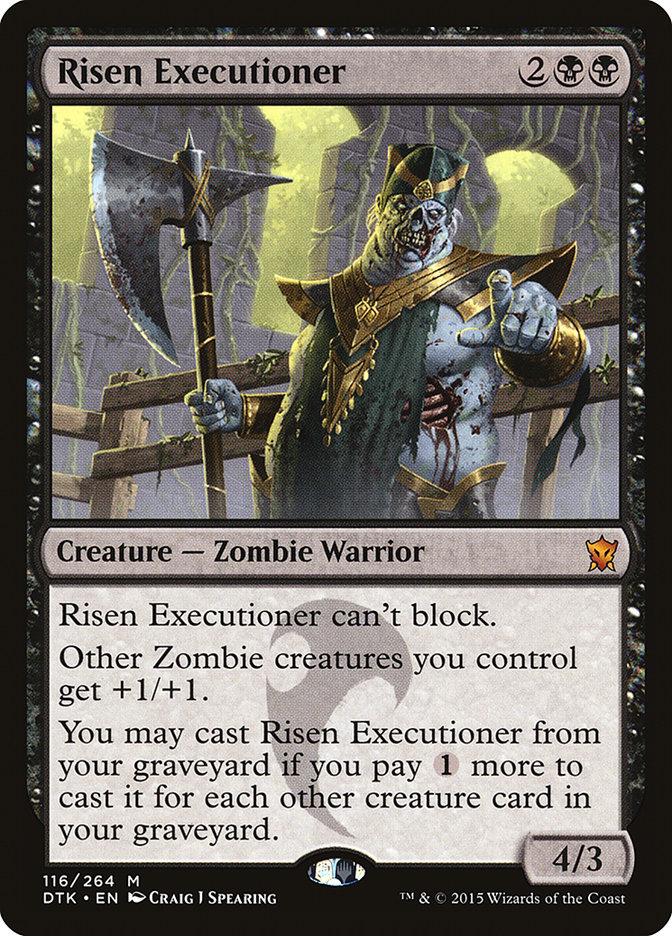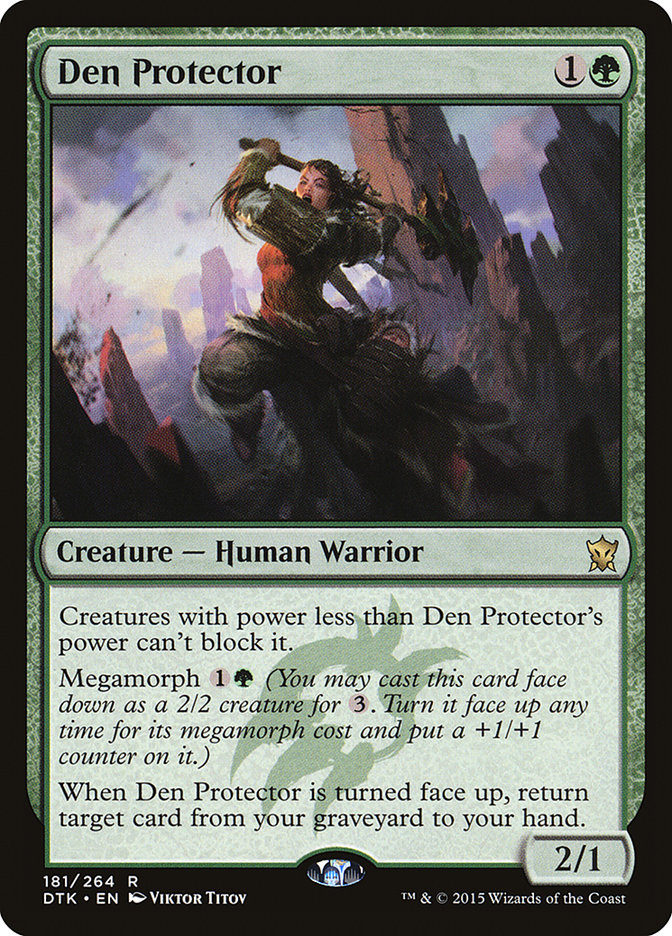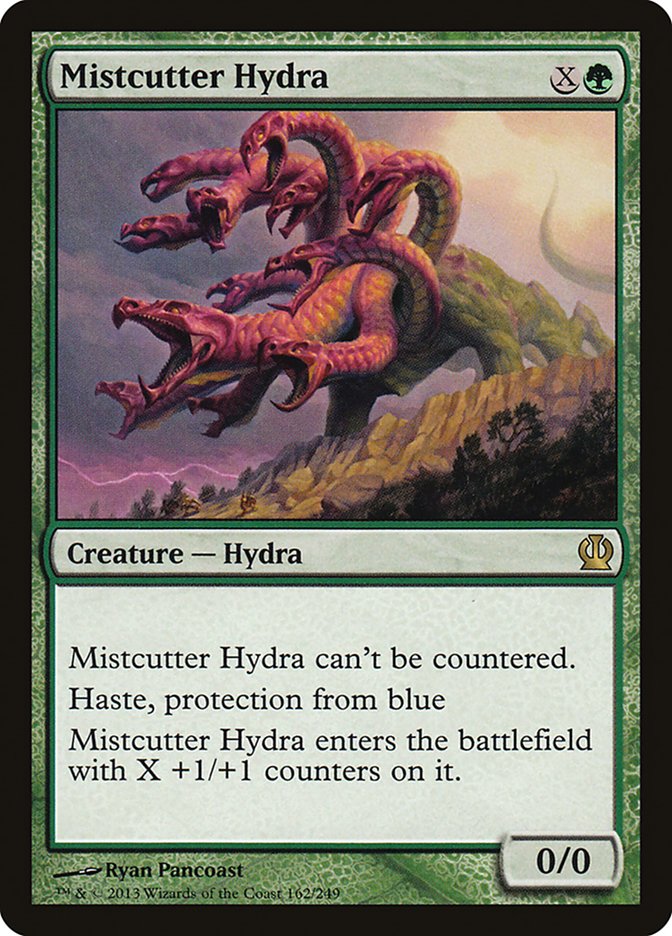“You’ve become afraid to lose.” – Brad Nelson
This Pro Tour was a rollercoaster. For the better part of a year now, my largest obstacle has been trying to regain my mental game. Magic creates a bevy of
emotions, and my experience in professional Magic has been no different. What Brad said to me on Friday night after I failed to make Day Two for the first
time in over a year at a Pro Tour slowly but surely seeped past the Belgian triple haze and clicked. I didn’t “have it” anymore. I’d lost my confidence to
play tight facing insurmountable odds, to be patient when ahead, and make aggressive plays when margins are slim. Recently at Grand Prix Miami, I tanked on
a play that involved playing another Polukranos, World Eater to reset its monstrous ability as I had a firm read my opponent had an Elspeth and couldn’t
afford to simply use her minus ability. I failed to make the play and eventually lost the game, citing after that I would feel “really dumb” if he simply
untapped and Hero’s Downfalled my creature.
Really? This is the same player that’s played another Xenagos, the Reveler in the same turn just to make another Satyr to press his advantage when his
opponent was in double digits? Something is wrong, but I’m working on it. I would never forgive myself if I had become so jaded that I wasn’t at least a
little upset to not do well in a Pro Tour, but placing them on a pedestal isn’t healthy either. They are just tournaments (ones with larger implications),
but at the end of the day, no matter where you are, if you’re playing Magic, we’re all playing the same game. I used to internalize that, but I’ve recently
let external pressures hinder my ability to play the game the best I can. I’ve discussed it before at the beginning of this year, so I’m doing my best to
hold myself accountable. When you’re at the tournament site, you’ve chosen to be there, so just do the best you can and don’t worry about anything but the
match you’re playing in the very moment. No pressure. No fear.
I couldn’t close out my discussion of the Pro Tour without touching on my experience with the team formerly known as Team TCGPlayer. To say that my
experience preparing with them was simply positive would be a massive understatement. We made some glaring errors in our testing process, but I’ve come to
realize this is just the rule. Everyone worked hard, got along, and I can say even if my results didn’t reflect it, that I learned a lot, especially
regarding Limited. I’ve never had such an optimistic viewpoint looking towards the next Pro Tour, and I’ve certainly never felt, introversion and all, that
I could actually spend another week tightly packed with a bunch of Magic players so soon.
But enough about me. With a Pro Tour in the books comes a massive change for Standard. What’s amusing, however, is the deep contrast between the two stars
of Standard.
This Standard format is deep and challenging, and these two strategies represent the litmus test for every deck moving forward. As I touched on previously,
our team made a glaring error, and that was underestimating Dragonlord Ojutai. This might be difficult to believe considering the Roanoke squad and I
showcased his power just two weeks before the Pro Tour in a Jeskai Ascendancy deck, but we thought Esper Dragons was bad! We played too few games, decided
the mana was poor, and moved on. The issue with this line of thinking is that a.) we could have worked on the mana, and b.) Ojutai just doesn’t care if the
deck is functioning properly. The card is ridiculous. Any pair of interactive spells followed by tapping out for Ojutai either functionally ends the game
as he begins to connect, or brick walls your opponent’s ability to cast spells in fear of not being able to kill Ojutai. They often won’t even attack until
the Esper Dragons player is able to set up and find countermagic.
Red aggro has also significantly improved. Now that the archetype has found its stride, the ability for it to go wide and utilize Atarka’s Command gives
the deck extremely explosive draws without taking the all-in-heroic-esque-low-land-count approach. Previously it was possible to simply cast your own
spells and go toe to toe with Red. Now it is difficult to win through token generators, commands, and to a lesser extent, that devious Become Immense
without direct interaction.
Somewhere in the middle of these two strategies are a host of green decks. I have to admit, it’s tough to be a green mage right now. Any green strategy
that isn’t Abzan is scraping the bottom of the barrel to find a way to beat a turn 5 Dragonlord Ojutai; and Turn 2 Sylvan Caryatid, Turn 3 Courser of
Kruphix just isn’t going to cut it against the relentless pressure of Atarka Red. As much as I love the G/R Bees deck that Sam Black played (and chastise
myself for not exploring anything similar), its cards simply don’t match up well against any of the U/B/x strategies.
Before we start talking decklists though, let’s take a look at a few cards that have risen in stock or have been underrated since the Pro Tour.
Crackling Doom has never been as good as it is now. When the premier control decks are designed around tapping out for powerful hexproof creatures, one of
the best ways to take initiative in the game is to immediately kill it and play your own powerful threat, with Crackling Doom, Foul-Tongue Invocation, and
Merciless Executioner being one of the few ways to actually do that. The problem, as it always has been historically, is finding a home for the card. We’ll
touch back on that later.
An extremely underrated sideboard card, Virulent Plague is excellent against the Red decks as they are currently constructed. On the surface, Plague blanks
close to twelve of their cards, and in reality, it also fundamentally weakens their strategy by diminishing the value of their Commands and Stokes while
reducing their ability to get in the chip damage they so desperately need to sneak by decks looking to block.
I just can’t wrap my head around why this card sees so little play. I would be willing to bet the decision to keep playing Perilous Vault is the number one
reason that Adrian Sullivan has seen sustained success with U/B Control over the better part of the year. Mono-Red is just about the only deck that can
punish tapping out for this card, and once it is in play, control decks are given all the time they need to refill and take control of the game. It also
has the added benefit of making Mastery of the Unseen and Whisperwood Elemental look stupid. I’ve said it before and I’ll say it again, this is the number
one card I fear whenever I shuffle up Forests.
I initially undervalued this card. The early stages of control mirrors are completely centered on land drops, and although resolving Dig Through Time is
nice, they really shine later in the game when they can easily grab two premium spells. The best way in the past to transition to this point has been
Jace’s Ingenuity, and most savvy control players were willing to fight over them. Now, however, Prerogative cannot be fought over and digs a card deeper,
helping to ensure that player’s reach their high land count. Of course the card is more expensive, but if you want to get a leg up in Dragon mirrors in
game 1, start these in your 60.
With Perilous Vault being in extreme shortage, this is one of the best threats against the control decks. It hits hard and represents ultimate
inevitability if you can get by a few Dragons and Ugins. This is one of the best ways to take initiative in mirror matches and is a card that I could see
finding a home in other types of strategies as a reliable threat that can come down and start clocking quickly.
Maternal Witness has started to get the respect she deserves, but this is still worth mentioning. Players are starting to come around to the fact she’s
just a good card and a host of decks can utilize her, including Abzan Control, graveyard strategies, and Mastery of the Unseen shells. Do not fall into the
trap that she is an automatic pair with Deathmist Raptor. I would argue the latter is poorly positioned at the moment, and looking at the two as
soul-bonded will weaken your deckbuilding.
A seemingly forgotten old favorite. The reality of the situation is that there are only so many Hero’s Downfalls to go around, and if you’re looking to
sneak past Dragons, there are few better ways than an uncounterable protection from blue creature with haste. It’s not splashy, but you can’t afford to be
right now.
Keeping a few of the sentiments I’ve discussed in mind, here are some of the deck’s I’ve been working on. I’ll start with that which I think is the best.
Creatures (6)
Planeswalkers (2)
Lands (28)
Spells (24)

This version of U/B Dragons is a few cards ready of being the deck I would play in a tournament tomorrow. My biggest fault with this strategy historically
is how much you shoot yourself in the foot by not being able to cast your interactive spells on curve. As a result, I like to look at this list as more of
a Mono-Blue Control deck that splashes some removal to make sure you can stay on balance and to enable Foul-Tongue Invocation, which is fantastic both
against opposing Dragons and stabilizing your life total against aggressive strategies.
It is my belief that Silumgar’s Scorn and Perilous Vault are the single two best weapons U/x Control decks have available to them, and they are not
mutually exclusive.
It is also easy to notice that my land count is rather high, and my Anticipate count is low. I very much value the spell lands as they let you easily
transition into your high curve while also buying you time or granting inevitability. The single Anticipate is largely a nod to the fact that I would like
to play something along the lines of a Dragon/velocity split card. The Dragon count must remain high to trigger your best spells, but at the same time,
drawing multiples is frequently a liability. Frankly, Icefall Regent is the worst card in your deck, but it does serve a purpose of buying time against
midrange and aggressive strategies, and the bare minimum Dragon count requires it.
I’m also working on a version that eschews Icefall Regent for the vastly superior Dragonlord Ojutai. The main sacrifices involved would be cutting Radiant
Fountain for another Haven of the Spirit Dragon and two Caves of Koilos while also incorporating four more enter-the-battlefield tapped lands. Whether
making the deck a little chunkier is worth it for a vastly superior card remains to be seen when the strength of the deck is largely centered in its
inevitability rather than the tap out strategy that the Esper Dragon’s deck utilizes.
Creatures (28)
- 4 Elvish Mystic
- 2 Arbor Colossus
- 4 Fleecemane Lion
- 3 Boon Satyr
- 4 Den Protector
- 4 Deathmist Raptor
- 4 Avatar of the Resolute
- 3 Surrak, the Hunt Caller
Lands (23)
Spells (9)

Green decks are just better off attacking. This is largely based off Bram Snapvanger’s PT decklist, with the two major omissions being Reverent Hunter and
Collected Company. While those cards didn’t impress me, what did was the reach this deck is able to generate when utilizing the keywords haste, flash, and
unblockable. It is entirely possible that we want to go even deeper on the aggressive scale like the Mono-Green Aggro deck using Ranger’s Guile that Gerry Thompson featured last week. For now, however, I have
found the utility granted by white to be valuable in giving the deck some honest removal and a premium creature in Fleecemane Lion.
The sideboard allows us to go a little bit bigger and more controlling against the smaller side of the format and more resilient against control decks with
the difficult to deal with Mistcutter Hydra and Mastery of the Unseen.
Creatures (6)
Lands (26)
Spells (28)

Derived from a decklist sent to me by Chris Fennell, this deck seeks to grind your opponent into oblivion. Our threats are recursive and difficult to deal
with due to the lower numbers of Dromoka’s Command than week one. It is very difficult for Dragons to stick anything that matters against you due to the
large number of sacrifice effects and other removal. The Gray Merchants may look a little bit out of place here, but it doesn’t take much for them to close
the door shut on a game, and they represent a bit of pressure and a powerful threat when coupled with Palace Siege. They may be on the cutting block, but
they make sense to me for now, as a large problem traditionally with these types of decks is they can’t close fast enough before just being burned out even
though your opponent’s threats are under control. He seeks to alleviate that issue.
Another problem I see is the spot removal suite being heavily targeted towards red and green creatures when we could just be playing burn spells instead.
This would require an overhauling of the manabase that would make it less functional, but it would also improve the power of our Outpost Sieges on empty
boards and against less creature-oriented opponents. I find this strategy exciting, and it will be one of the decks I work on the most as long as the
metagame remains relatively stable.
My final deck for today has a special place in my heart. The original list was designed by my old friend Ryan Hendricks, notably one of the first people to
get me into competitive Magic and my teammate for my first Pro Tour in Charleston, who made some waves on social media by 4-0ing a few dailies. Here’s
where I’m at right now:
Creatures (28)
- 3 Wall of Mulch
- 4 Sylvan Caryatid
- 2 Purphoros, God of the Forge
- 2 Courser of Kruphix
- 4 Satyr Wayfinder
- 4 Siege Rhino
- 4 Jeskai Barricade
- 2 Merciless Executioner
- 3 Den Protector
Lands (23)
Spells (9)

The original list was far more wall centric, including both Wall of Essence and Assault Formation to have a plan B of just attacking your opponent with
4/4s. Nyx Weaver was also in the deck instead of Den Protector.
72 hours before Pro Tour Dragons of Tarkir, we made the emergency order of 40 copies of some of the more peculiar commons just in case, but we ultimately
didn’t pull the trigger due to a few issues the deck had. That being said, the concept is powerful, unique, and actually has quite a bit of potential to
grow. One of its largest issues as a more combo-centric deck was that it was often forced to press the action against Ojutai. With the inclusion of
Merciless Executioner, we now have a clean way to answer him, and even Anafenza, that naturally synergizes with our deck.
The more that I play, the more I come to respect Jeskai Barricade. This card does it all, from saving creatures from removal, buying tons of time,
resetting Den Protector or Siege Rhino, and looping with each other to go off with Purphoros. However, what really puts the card over the top for me is
Mastery of the Unseen, allowing us to not only play the game at our own pace at instant speed and force our opponents to respond with a combo kill
potential always looming, but giving us more options to churn through our deck and pick up key manifested components.
Needless to say, I have quite the range on Magic Online at the moment.
“You have a problem, and its name is Purphoros” – Gerry Thompson

